10th App Store Anniversary – Apple’s App Economy

WWDC 2009 – Apps Wall
When Steve Jobs introduced the iPhone on January 9, 2007 at Macworld Conference & Expo in San Francisco, no one was expecting the revolutionary effect it would have on most of our lives. Most important component of the Apple led smartphone revolution is undoubtedly the App Store that was introduced in parallel to the iPhone 3G, the second generation iPhone.
When it was opened on July 10 2008, exactly 10 years ago today, it started out with just 500 apps. Unimaginable today, it started very small and yet it was a very inspiring backdrop and integral part of my professional life over the last 10 years.
Just one year later at WWDC 2009 more than 50,000 apps were available. At the conference Apple put up a wall of 30″ Cinema Displays (arguably one of the most amazing monitors ever build) and created a wall of apps, showing off all apps that were currently on the app store. As I joined the platform almost instantly after becoming available to developers in Germany, I was happy to see some of my apps on the wall (circled in red in the photo).
Over the years I published 100+ apps, both as a individual developer or as a responsible manager while working in advertising and publishing. With applications ranging from promotional marketing apps, utilities, news and upscale magazine products to travel guides, social networking apps as well as environmental citizen science projects and educational games, I gathered in-depth insights into the app store economy over the course of the last decade.
Growing into an App Economy
Things have come a long way since the first 500 apps on the store. On the first weekend alone, Apple registered 10 million app downloads. Just 2 months later Apple reported 3,000 apps being available on the store and having surpassed 100 million app downloads, the billionth app download was reported on April 24, 2009. So basically, from the very beginning it was clear that this ecosystem was going to be huge.
By opening the iOS platform to third party developers and also lowering the barrier to entry substantially for new developers, Apple paved the way for an incredibly engine of growth. In June 2018 news outlets reported revenues of more than $ 1 billion over the last decade for German developers alone. After ten years and a substantial clean up of unmaintained apps in 2017, the App Store had more than 2,1 million iOS apps in March 2018, and reported a unbelievable record revenue of $ 300 million in purchases on New Year’s Day 2018 alone as well as a total revenue over $ 26.5 billion for developers in 2017.
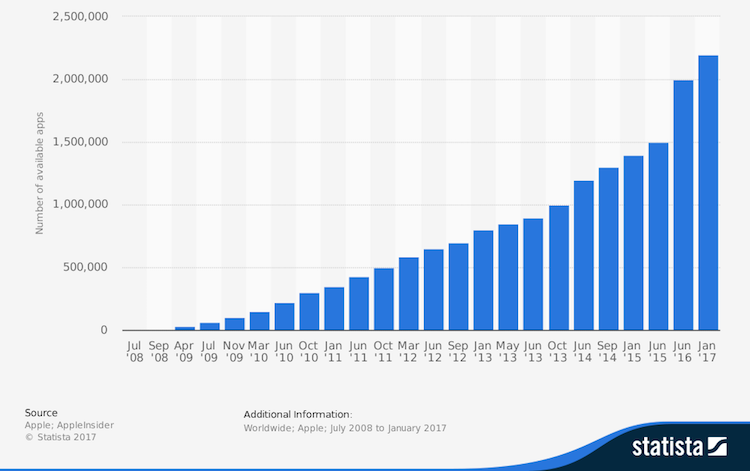
To put this in perspective, the App Store belongs to Apple’s service business, which is among the fastest growing segments of revenue for Apple. While it might seem tiny compared to the iPhone category, it is larger than the iPad business and the “other” category which consists of Apple TV, Apple Watch and Beats. Despite indications that the App Store growth might be stagnating or trends are moving away from apps towards smart speakers etc., it is pretty clear that Apple has created not only an amazing ecosystem that includes the iPad, Apple TV and the Apple Watch, it is a very vibrant and apparently highly profitable industry to be in.
The industry demand for skilled iOS developers is high as ever and is substantiated by Apple’s initiatives in tertiary education, providing Swift and mobile application development training at universities all over the world with its Everyone Can Code Initiative. Additionally Apple is also operating a dedicated Apple Developer Academy in collaboration with University Federico II in Naples, Italy and offers a 1 year program to both undergraduate and post graduate profiles.
So, what’s next?
At the recent World Wide Developer Conference (WWDC 2018) Apple announced iOS 12 with overall performance improvements and new features such as group FaceTime, Memojis, ARKit 2, Siri shortcuts as well as a new design of Notification Center and new privacy settings. Among the many new things, I especially appreciate Screen Time, a new feature allowing users to track and better understand their iPhone usage. As discussed before, I am convinced that spending less time or at least more conscious time glued to a screen would be highly beneficial.
Among the many other things that I found interesting on a more technical level, I most appreciate Create ML for Core ML 2, a simple to use tool chain to create and train machine learning models on the Mac using Swift and Xcode. Having worked with Core ML on previous projects, I am looking forward to experimenting with it. Also the Wall of Apps during the WWDC keynote was pretty impressive and surely evolved from the 2009 edition.
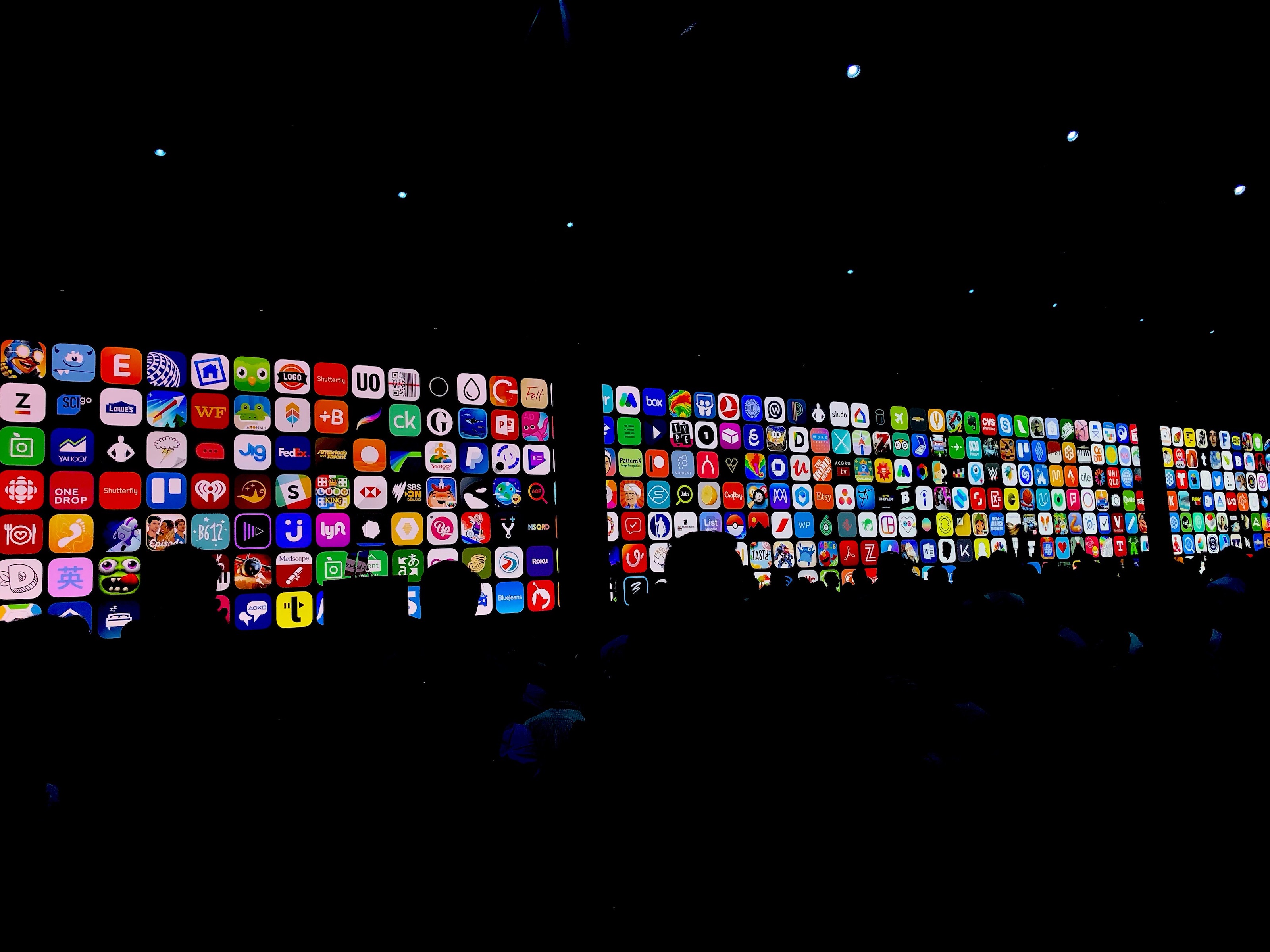
After 10 years the iOS platform is striving more than ever within its ecosystem of MacOS, WatchOS and tvOS. With more options for cross-platform application development coming in 2019, developers will be able to offer their apps on both desktop and mobile platforms much more easily. Apple categorically denied rumours to integrate macOS and iOS for obvious reasons and instead announced plans to integrate iOS’s UIKit framework into macOS in addition to the existing AppKit framework used on the Mac. The system apps News, Stocks, Voice Memos and Home debut in macOS Mojave during WWDC indicate how cross-platform apps might look like.
With a year-to-year growth of 30% from 2017 to 2018 in consumer spendings on mobile application stores combined, an industry report by App Annie suggest an estimated growth of 13.9 % from 2017-2022 with speedings of $ 156.47 billion worldwide in 2022. In 2018 alone, the report expects spendings of $ 53 billion on the iOS App Store with China, USA, Japan, South Korea and Germany ranking top 5 by consumer spendings. Also, despite Android outperforming the iOS ecosystem in terms of downloads, iOS is still responsible for 2x as much revenues, unquestionably remaining the most profitable ecosystem. So it’s save to say, the app economy will remain strong for the foreseeable future.
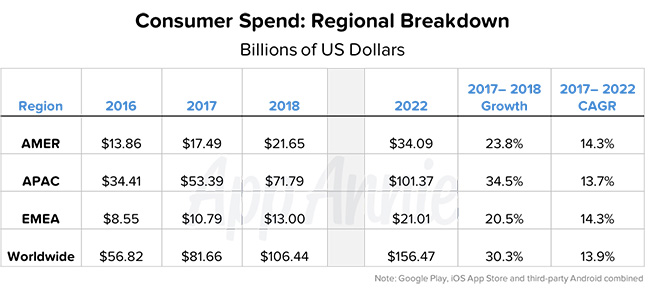
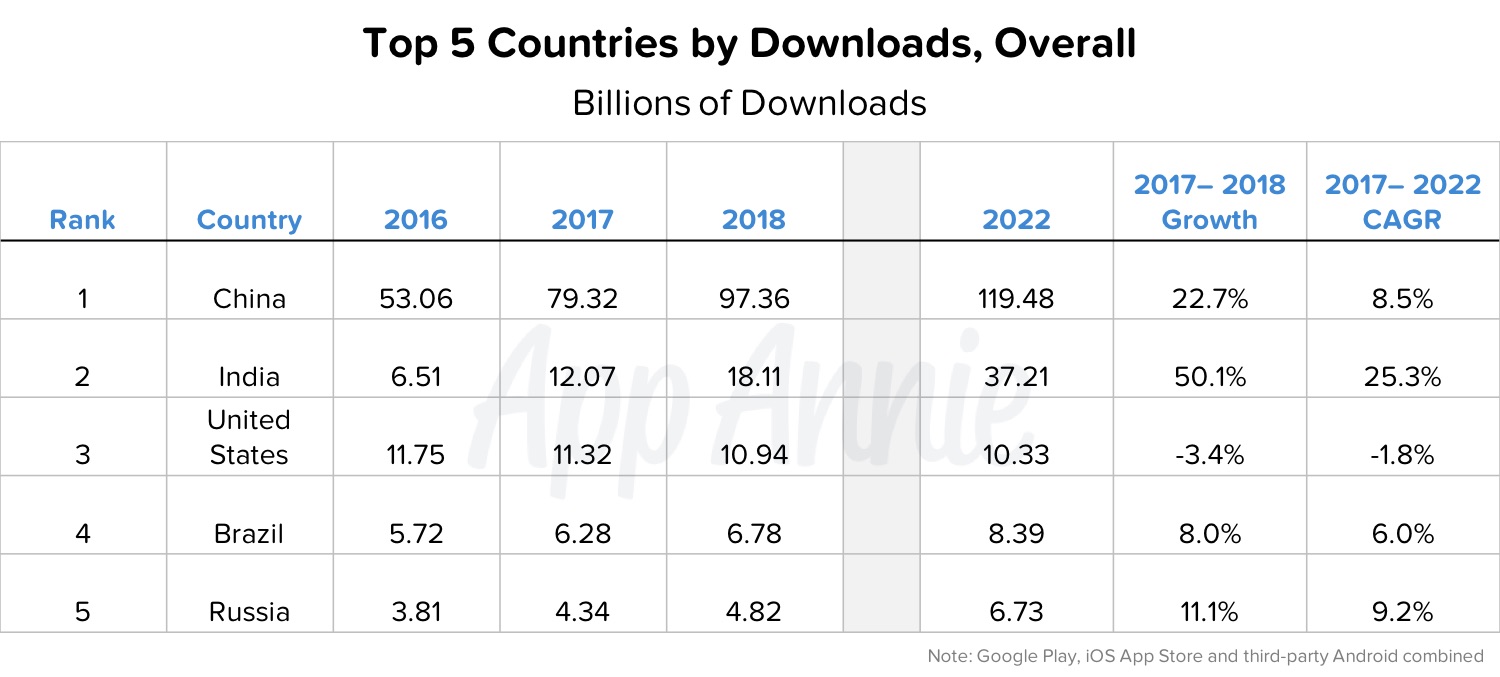
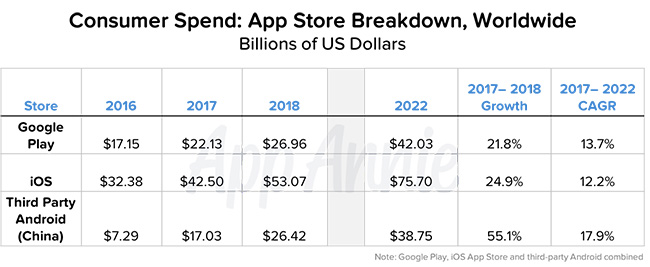
DISCLAIMER: In 2017/2018 I was part of the master class at the Apple Developer Academy, the first program of its kind worldwide with a select group of around 30 people. The Apple Developer Academy is a collaboration between the University of Naples Federico II and Apple Inc. Utilising Challenge-based learning (CBL) as a methodology framework, the program focusses on software engineering, design and business creation with an emphasis on interdisciplinary collaboration and technology driven creativity.
Related

